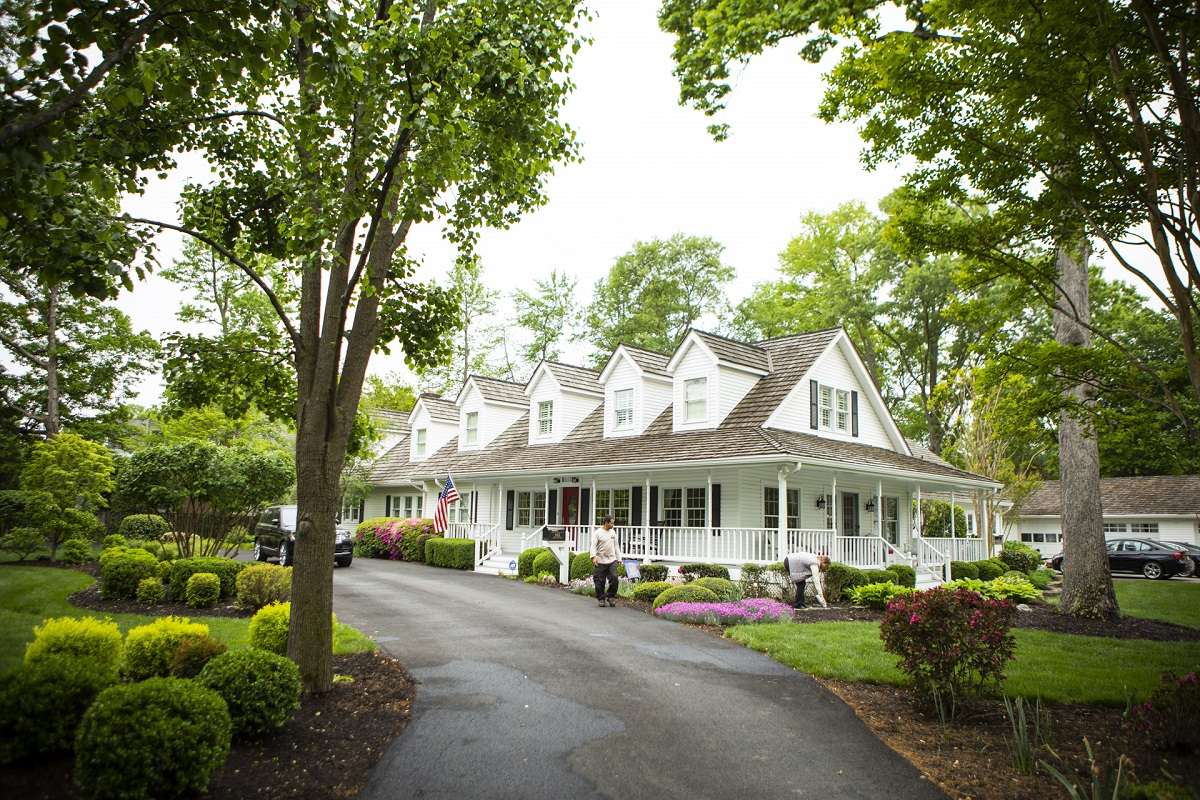

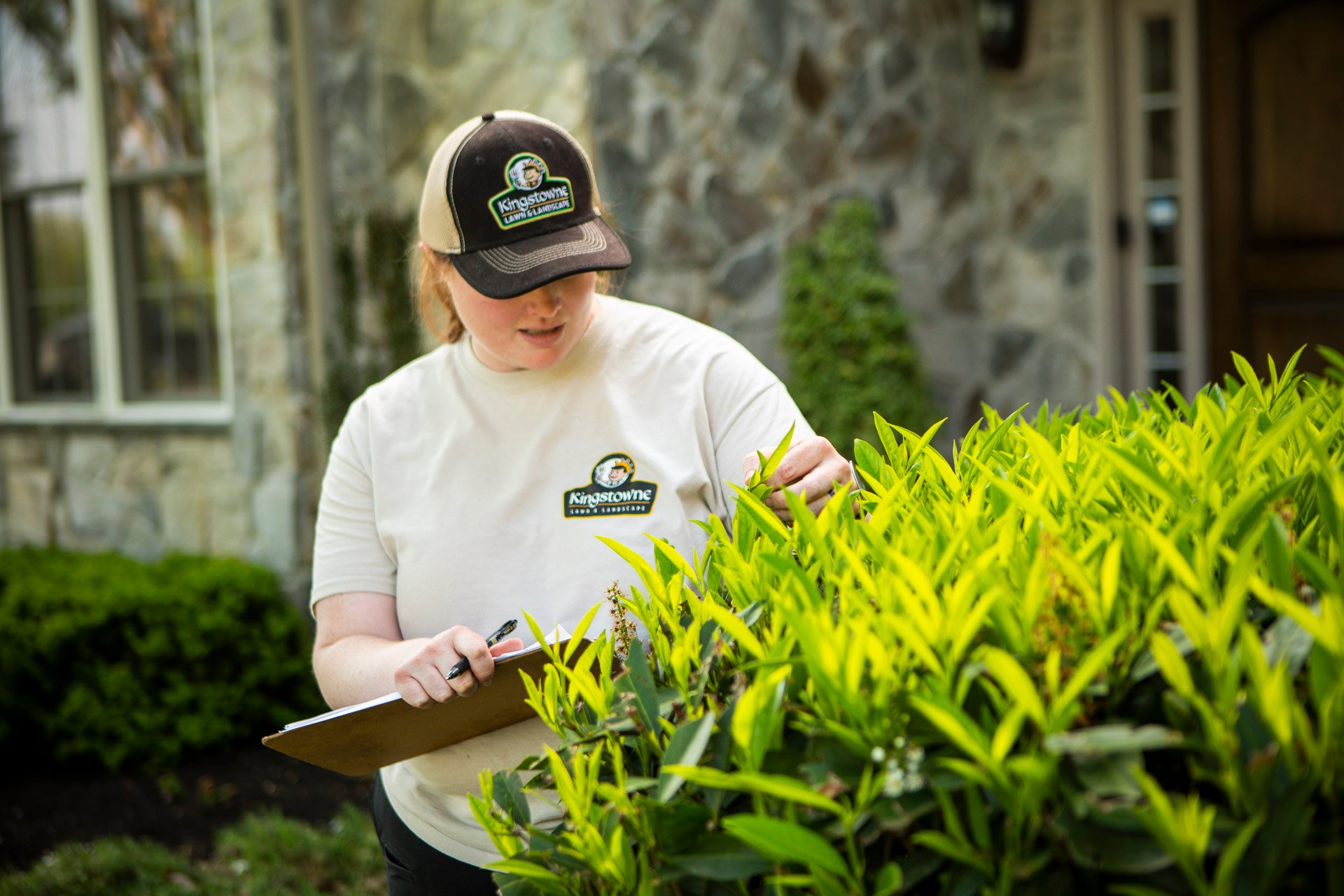
Your trees and shrubs are valuable assets on your Virginia property. They not only enhance the look of your landscape but they likely also provide functional purposes like privacy screening or blocking unwanted views.
For these reasons, the last thing that you want is for there to be a shrub-sized hole left in your landscape.
This is why it’s important to be aware of potential pest problems like bagworms. Bagworm damage can cause your ornamental trees and shrubs to turn brown and potentially even die.
In this article, we’ll talk about how to get rid of bagworms in trees and shrubs so that you can get back to enjoying your property.
Bagworms are a type of caterpillar named after the silk “bag” that they form to protect themselves from weather and predators. People often notice these bags (made from both silk as well as the plant’s foliage) before they ever notice the actual pest. Bagworms actually suspend themselves from the plant on which they are feeding.
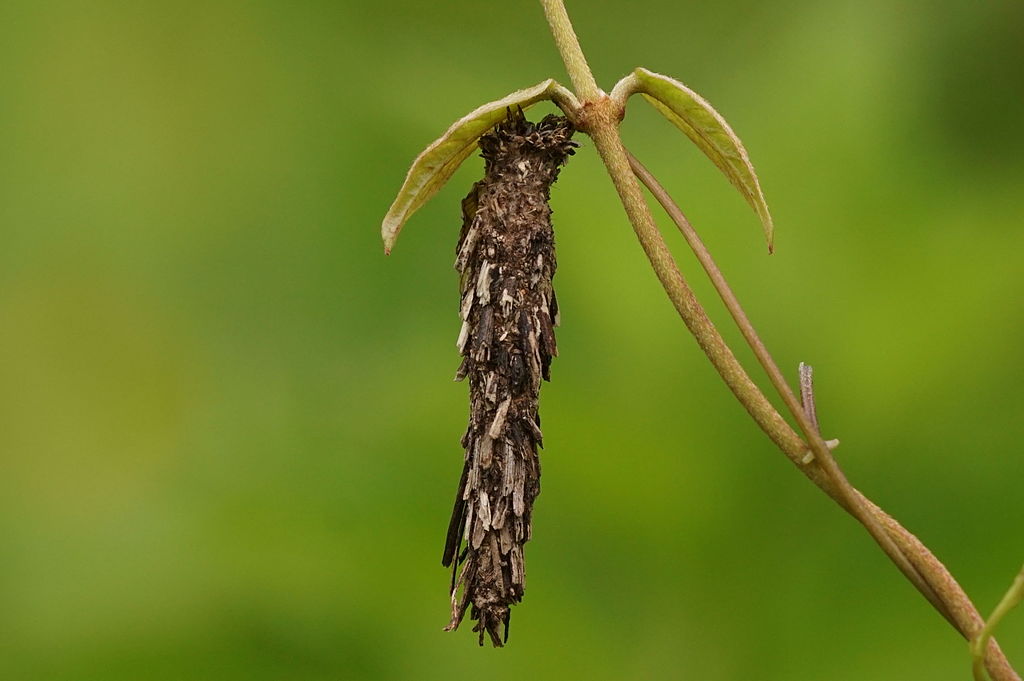
A single bag may contain up to 1,000 eggs which will hatch in the late spring or early summer at which time new larvae emerge. Bagworm larvae are a significant risk to plants as they will rapidly begin feeding on their foliage.
Young bagworms can leave damage that looks like small holes in leaves after feeding. But mature bagworms can strip evergreens of their needles or even devour whole leaves (only leaving behind the veins).
You might not immediately notice the bagworms feeding (or even the holes), but you may notice that your plant is turning brown in areas. Whenever there is a plant health problem, it’s important to get to the bottom of what’s causing it.
Bagworm damage can sometimes look like that of other pests (or even environmental stressors). But in order to treat bagworms in trees and shrubs, you must be certain that’s what you’re dealing with.
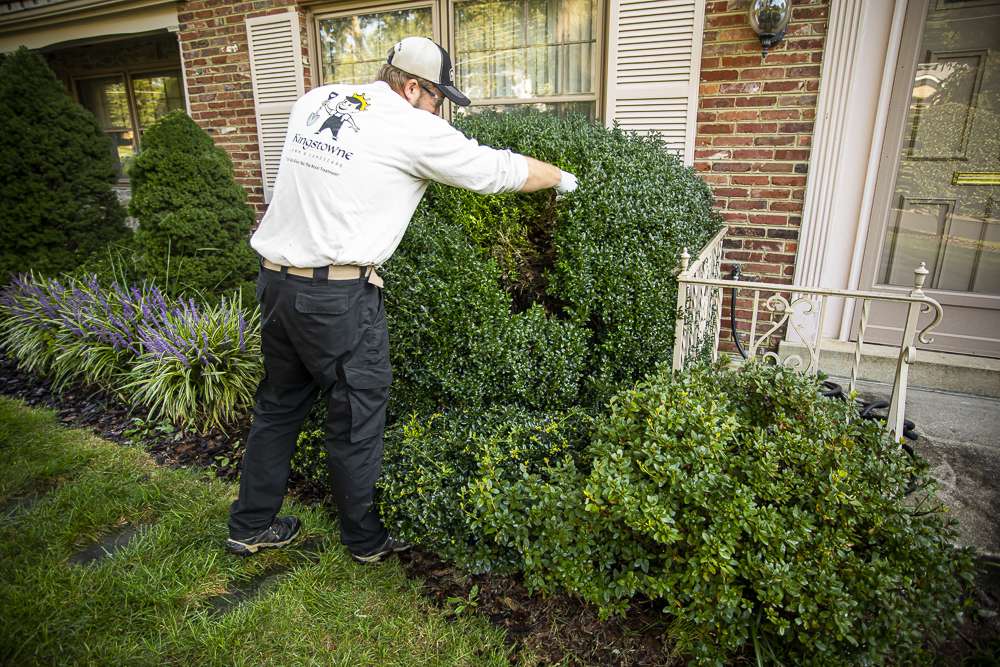
Sometimes, the type of plant being attacked is a clue to what’s going on. However, in the case of the bagworm, there are more than 120 different kinds of trees that they will feed on.
That being said, they seem to prefer evergreens like juniper, spruce, or arborvitae.
On evergreens, Bagworms will consume the buds and the foliage, leading to branch decline and death. If left to consume enough, the entire tree may die. On deciduous trees, bagworms chew small holes in the leaves and cause defoliation.
Unfortunately, a heavy infestation of bagworms can lead to a plant’s death in a matter of weeks.
Sometimes the damage is not noticeable until later in the summer because of the extra stress already put on your trees and shrubs due to hot weather and potential drought conditions.
If you’ve spotted this pest, you might be wondering what you can do to get rid of bagworms. For a minor problem, you can hand-pick or cut the bags from your plant prior to hatching.
However, if you have a significant number of bags, this is not going to be an effective solution.
When there are too many bagworms to take care of by hand, you can treat bagworms in trees and shrubs with a professional control product. This product needs to be applied when bagworms are actively feeding.
Of course, by this point, you might already have substantial damage. That is why the best approach to this (or any) pest is prevention. Investing in plant health care services can be an important step in protecting your plants.
After all, bagworms are just one of many potential pests that can wreak havoc on your trees and shrubs.
Unfortunately, the landscape is full of potential problems that can really cause trouble for your plants. This is why plant health care is a wise investment.
At Kingstowne Lawn & Landscape, we offer Plant Health Care Services for shrubs and trees up to 20 feet in height.
This service provides plants with vital nutrients that they need to thrive while also protecting them against problems like insects and diseases. The treatments combine fertilization, pest control, and disease control. That means that your leaves might be greener, your flowers might be more profuse (and bloom longer), and your plants will be overall healthier and better able to defend against trouble.
In addition to bagworms, some of the common threats that we see to trees and shrubs here in Northern Virginia include:
In general, it is important to treat damaging pests, like the bagworm, at times when they are active. This will help reduce the population and protect your plants from being destroyed.
That’s not to say that plant health care is a “cure-all” and will prevent every single problem…but it is definitely the best chance that you can give your plants to live their best life! And ignoring plant health care can end up being a costly mistake in the long run.
When you invest in plant health care services in Arlington, Alexandria, or Springfield, VA you can let go of some of your worries and simply get back to enjoying your landscape.
If you’d like to discuss plant health care for your landscape, request a quote, get your customized plan, and relax knowing that your plants are in good hands.
Image Source: Bagworm

Since its founding, Krisjan has led Kingstowne Lawn & Landscape with a straightforward philosophy: treat every customer like the “only” customer. His passionate pursuit of excellent customer service has led to 28 successful years and a thriving company with over 85 employees. Since 1997, Kingstowne has helped thousands of homeowners in the Alexandria, Arlington, and Springfield, VA area get what they want - a worry-free property they can be proud of.


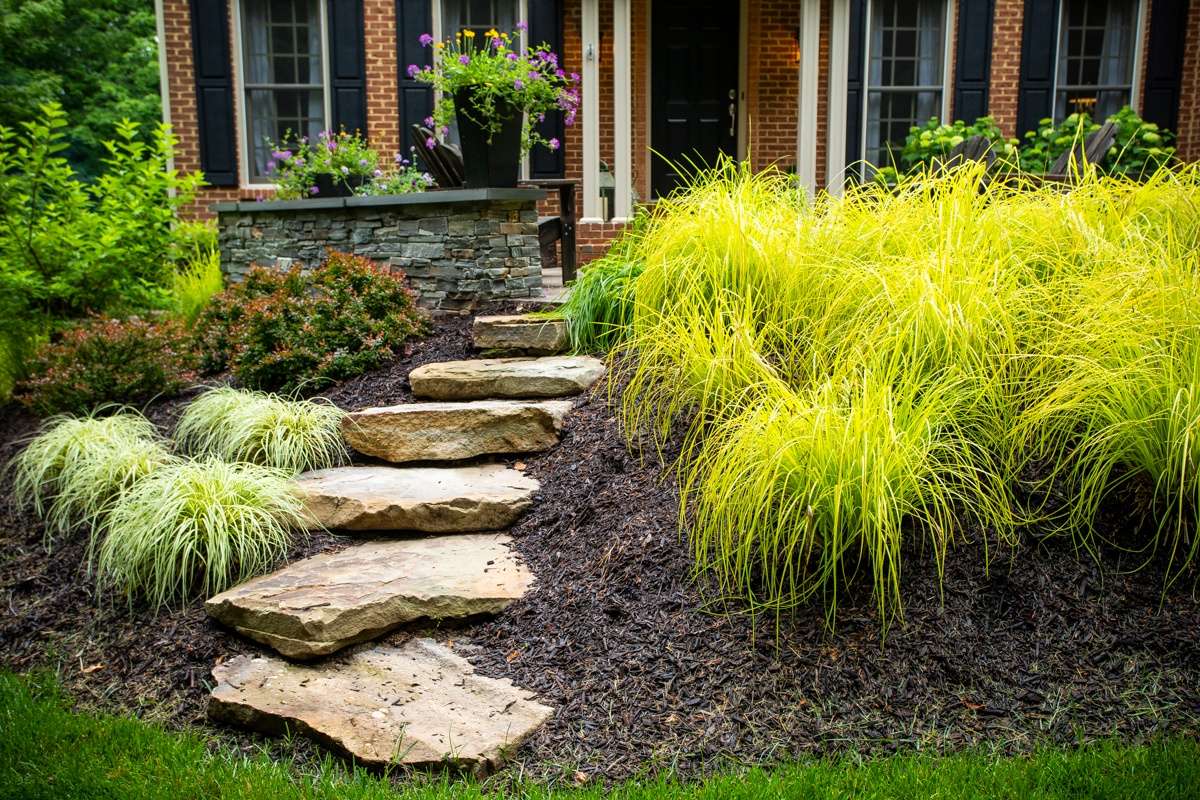

If You're Looking For a Sign, This is It.
Seriously, that lawn isn't getting any better on it's own. Mrs. Jones just called the HOA on you